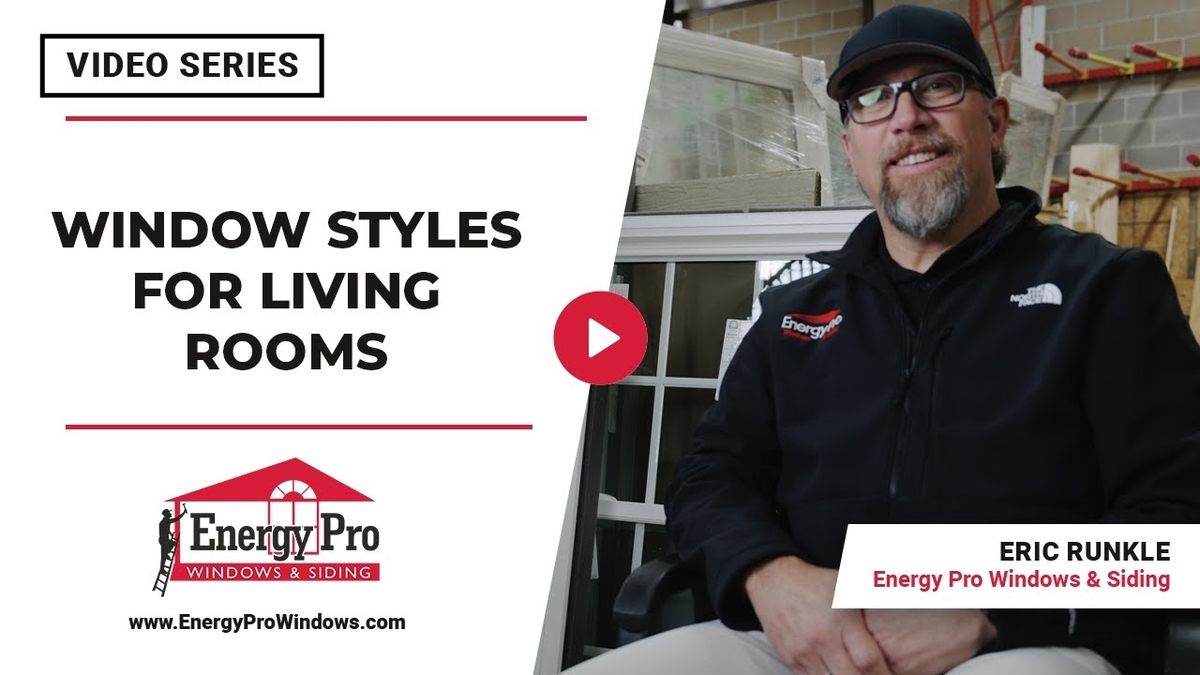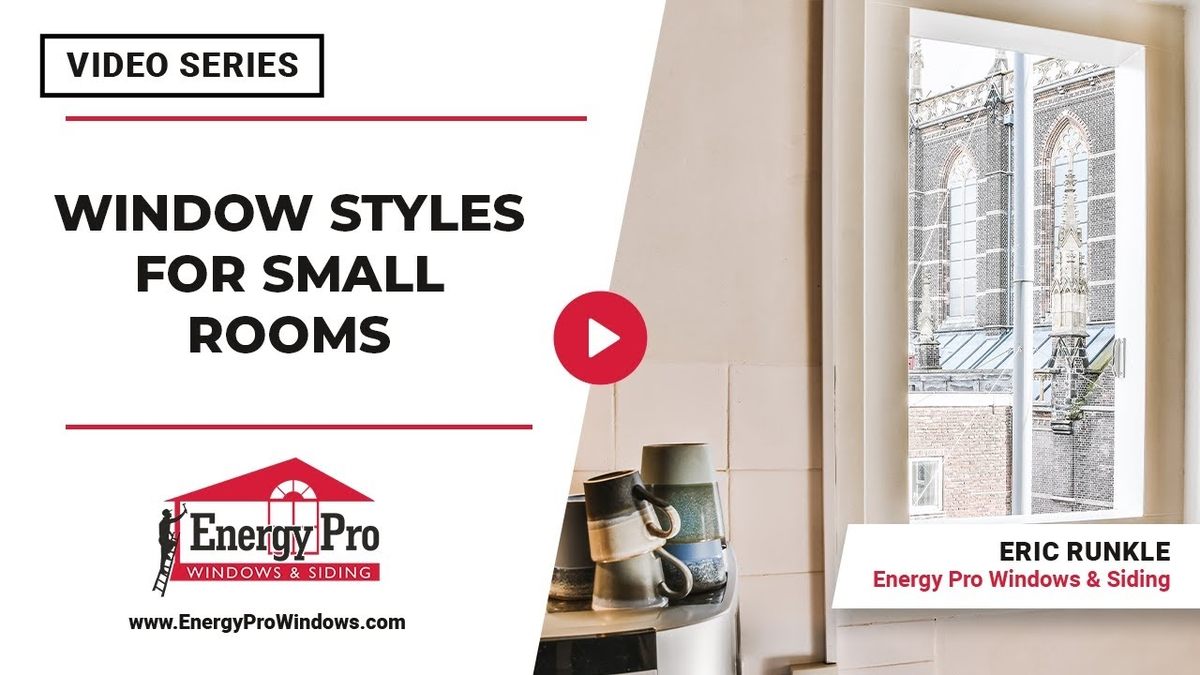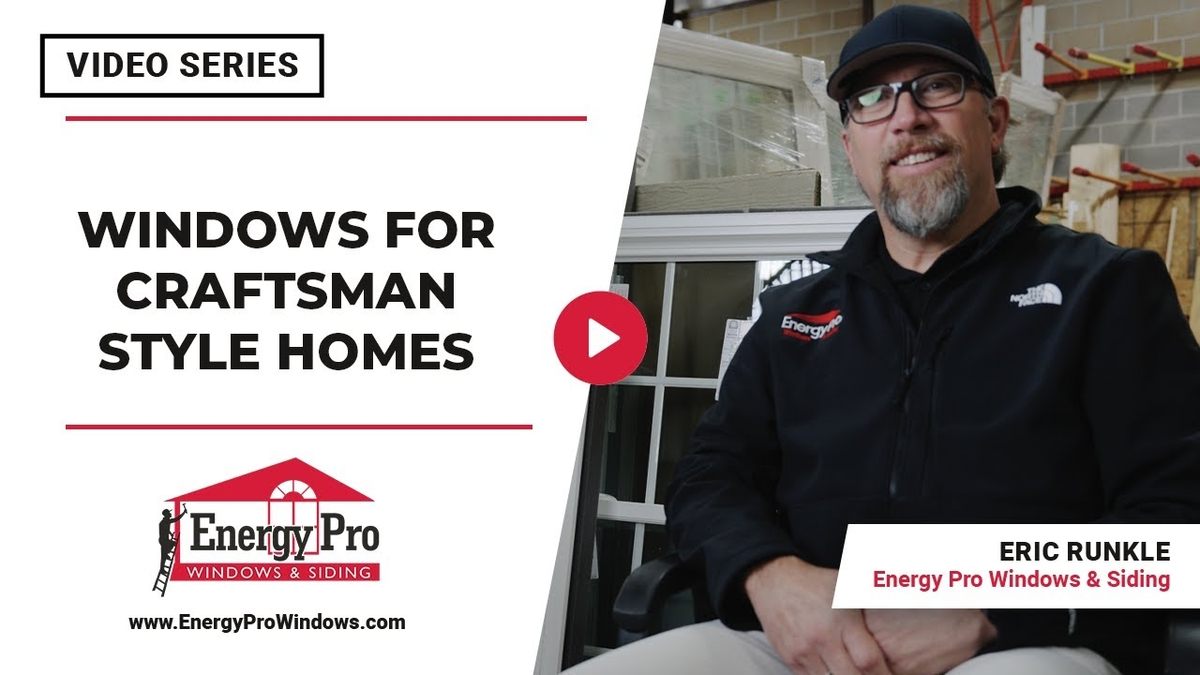With a reputation for resilience, durability, and aesthetic versatility, James Hardie siding has become a preferred choice for many homeowners seeking to elevate their exterior home designs. The James Hardie siding installation process is both a science and an art, involving specialized knowledge and exact techniques to guarantee long-lasting results. Throughout this piece, explore deeper into the step-by-step method of siding installation, putting a spotlight on James Hardie’s explicit guidelines and robust materials used during the procedure.
Meticulous Pre-Installation Preparations
Thorough Removal of Existing Siding
Prior to introducing the new siding, it is pivotal to completely remove the pre-existing siding to ensure a smooth and reliable surface. The removal process isn’t just about taking off the old siding but also involves a thorough examination of the surface underneath, safeguarding against potential issues down the line.
Ensuring Solid Sheathing and Surface Preparation
After the removal, the focus shifts to solid sheathing behind the siding area. This step is crucial to provide a sturdy foundation for the new siding, ensuring it adheres seamlessly and securely to the surface. Additionally, it safeguards the installation against environmental factors by contributing to a tighter and more insulated home exterior.
Impeccable Installation Precision
Tight House Wrap with Exclusive Materials
James Hardie’s unique house wrap and special sealing tape are imperative in ensuring that the siding is not only fixed securely but also resistant to external elements. These materials provide an additional layer of protection against moisture and wind, thereby sustaining the durability and integrity of the siding. Ensuring the house wrap is tight and secured proficiently is fundamental to prevent any future damage or wear.
Adherence to Nailing Protocols
A unique aspect of installing James Hardie siding involves following a precise pattern for nailing, mandated by the company. Nails are placed strategically every two feet, ensuring uniformity and stability across the entire siding. A structured pattern and dedicated adherence to these protocols ensure the siding remains firm, steady, and aesthetically consistent across the entire exterior facade.
Versatile Siding Options
Various Siding Types to Choose From
Whether you’re seeking the traditional aesthetic of 4×8 sheets, the refined look of lap siding, or opting for the unique appeal of shingle siding, the James Hardie brand caters to a multitude of preferences. Homeowners can enjoy a wide array of choices, each coming with the guarantee of the sturdy installation process and sustained durability synonymous with the brand name.
Expert Installers at Your Service
Trained contractors are not only versed in the specific processes that James Hardie requires but also experts in installing different types of siding based on the architectural and aesthetic preferences of the homeowner. This expertise ensures that, irrespective of the siding type chosen, the installation is conducted with utmost precision and adherence to James Hardie’s exacting standards.
Conclusion
The unwavering popularity of James Hardie siding can be attributed to its long-standing durability, visual appeal, and the brand’s dedication to ensuring a meticulous installation process. From the initial removal of existing siding, thorough sheathing, and preparation of the surface, to the detailed nailing process and application of a tight house wrap using specialized materials, each step is executed with precision and care.
Furthermore, the availability of various siding types and the expertise of highly trained installers make the process adaptable and customizable to suit diverse homeowner needs. For any questions or further information, don’t hesitate to contact us. We’re here to guide you every step of the way.



